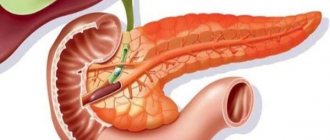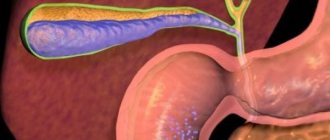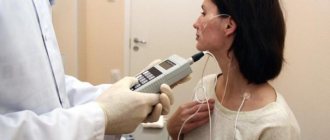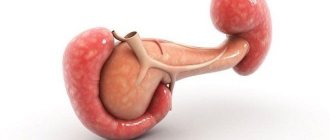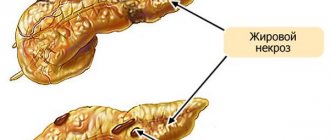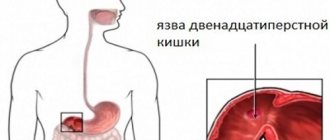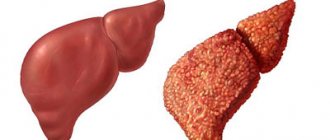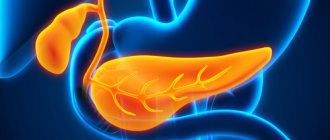Anatomy
Reactive changes in the pancreas develop as a result of diseases associated with the stomach, intestines, liver and
Basic information With dyscholia of the gallbladder, the composition of bile, its physical and chemical characteristics change.
In pathologies of the digestive tract, a significant share falls on diseases of the esophagus, the symptoms and treatment of which
What it is? Stomach acidity is an indicator that characterizes the amount of hydrogen ions in
The esophagus is a hollow tube that serves to connect the pharyngeal opening and the stomach. Despite the simple
To understand how to restore the pancreas, you need to understand the mechanisms that lead to its damage.
What is pancreatic necrosis Pancreatic necrosis, or necrotizing pancreatitis, is a life-threatening complication of acute pancreatitis, consisting
The incidence of duodenal diseases is high - more than 10% of all patients suffer from ulcerative lesions alone.
Classification Normally, the liver parenchyma has a homogeneous, slightly dense structure. Its cells (hepatocytes) have
Sometimes gastroenterologists use the term pancreatic dysfunction. But what does this mean and
